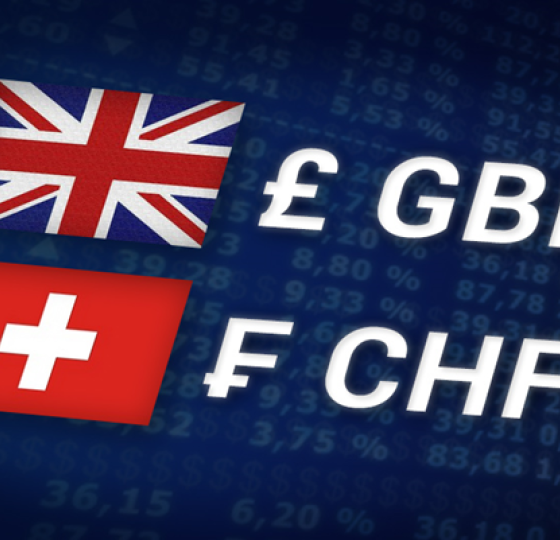
Source: PaxForex Premium Analytics Portal, Fundamental Insight
The Walt Disney Company faced challenges last quarter, with mixed results that left some investors disappointed. While the company achieved its first-ever operating profit in its streaming business - a significant milestone - its theme parks struggled with inflationary pressures, both from rising costs and from consumers tightening their spending. Following the release of its fiscal third-quarter results, Disney's stock dropped by more than 4% on Thursday.
Despite this dip, there are reasons to be optimistic about Disney's long-term prospects. The market seems to be overlooking some key factors that aren’t fully reflected in the reported numbers.
Overall, the quarter wasn't a disaster. Revenue increased from $22.3 billion to nearly $23.2 billion for the three-month period ending in June, slightly surpassing the estimated $23.08 billion. Non-GAAP earnings per share rose from $1.03 to $1.39, exceeding expectations of $1.20.
The standout achievement was Disney's streaming division, where Disney+, Hulu, and ESPN+ collectively generated nearly $6.4 billion in revenue, resulting in an operating profit of $47 million. Although modest, this positive performance indicates that the streaming business is on a solid and sustainable growth path. Disney expects even stronger profits for its streaming segment in the current quarter.
On the downside, Disney’s theme parks encountered significant challenges. Revenue for its parks and experiences division increased by just 2% last quarter while operating income declined by 3% year over year due to "higher costs driven by inflation, increased technology spending, and new guest offerings." Disney also warned that the slowdown in demand observed in its domestic parks during Q3 could extend into the next few quarters.
While many investors chose to focus on the negative aspects of the report, it's important to consider the bigger picture. There are still numerous factors working in Disney's favor, suggesting that the company has a strong foundation for future growth.
Disney CEO Bob Iger still faces significant challenges in his second tenure at the company's helm, but he's already laid much of the groundwork for the future.
One notable achievement is the successful reduction of operating costs in Disney's streaming division without compromising its growth potential. Last quarter's streaming revenue hit a record high, and with the division now proving it can operate profitably, Iger is in a strong position to justify further investments in this area.
A key potential investment is gaining full control of Hulu. Currently, Comcast owns one-third of the platform, limiting Disney's ability to leverage its reach fully. Disney has the right to purchase this remaining stake, and although it could cost over $13 billion, complete ownership would provide Disney with significant leverage over two major streaming platforms.
There's also reason for optimism regarding Disney's struggling film division. The company once dominated the box office, particularly between 2006 and 2019, but has faced challenges since then. However, recent successes like "Inside Out 2," which grossed over $600 million since its mid-June release, and the impressive performance of "Deadpool & Wolverine," which has already generated nearly $1 billion globally, indicate that Disney may be regaining its cinematic prowess. The upcoming release slate, including a Star Wars feature film, sequels to "Frozen" and "Toy Story," and a new "Captain America" movie, suggests that more box office hits could be on the horizon.
Disney's cable television division has also faced difficulties, but there is hope for improvement. The planned launch of a stand-alone streaming version of ESPN next year is expected to appeal to cord-cutters and those who have never subscribed to cable. Additionally, Disney has bundled Fox, Warner Bros. Discovery, and ESPN sports content into a single streaming service, which could help mitigate some of the losses in its linear television business.
The company’s Experience division, encompassing theme parks and hotels, has struggled with rising costs and declining demand. The closure of Disney's Star Wars-themed hotel last September, which charged over $1,000 per person per night, has also contributed to revenue loss. However, Disney's more affordable vacation options, such as maritime cruises, remain strong. In fact, two new cruise ships will soon be added to its fleet, and both Carnival and Norwegian Cruise Lines report that demand for leisure cruises exceeds their current capacity.
While much of this progress is forward-looking and not immediately reflected in Disney's financial reports, it's important to remember that companies - and their stocks - are more than just numbers. Stocks eventually reflect a company’s future prospects rather than its past performance, making Disney's current situation an interesting opportunity for investors. Although the company is not yet firing on all cylinders, it appears to be setting the stage for a return to its glory days as an entertainment powerhouse. The recent 30% drop in Disney's stock from its April peak could present a valuable buying opportunity before the market fully recognizes the company’s potential.
As long as the price is below 90.00, follow the recommendations below:
- Time frame: D1
- Recommendation: short position
- Entry point: 85.59
- Take Profit 1: 80.00
- Take Profit 2: 75.00
Alternative scenario:
If the level of 90.00 is broken-out , follow the recommendations below:
- Time frame: D1
- Recommendation: long position
- Entry point: 90.00
- Take Profit 1: 95.00
- Take Profit 2: 100.00













